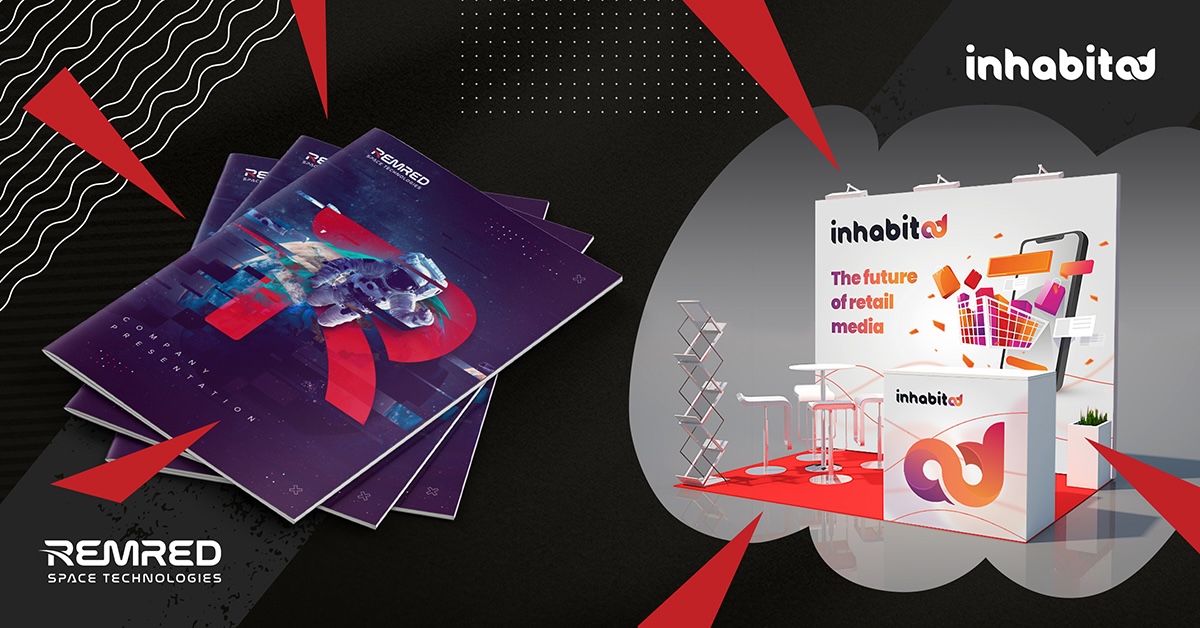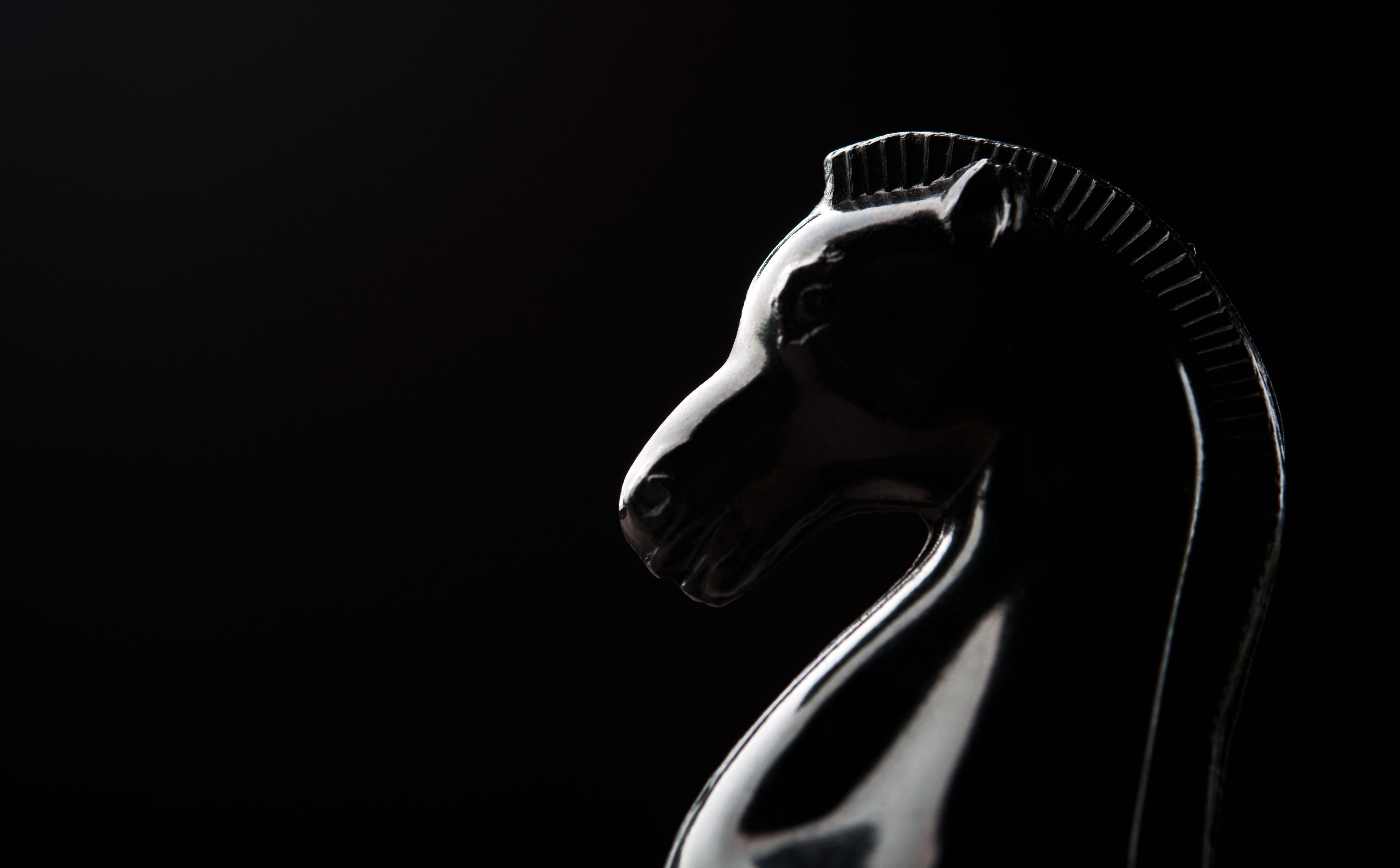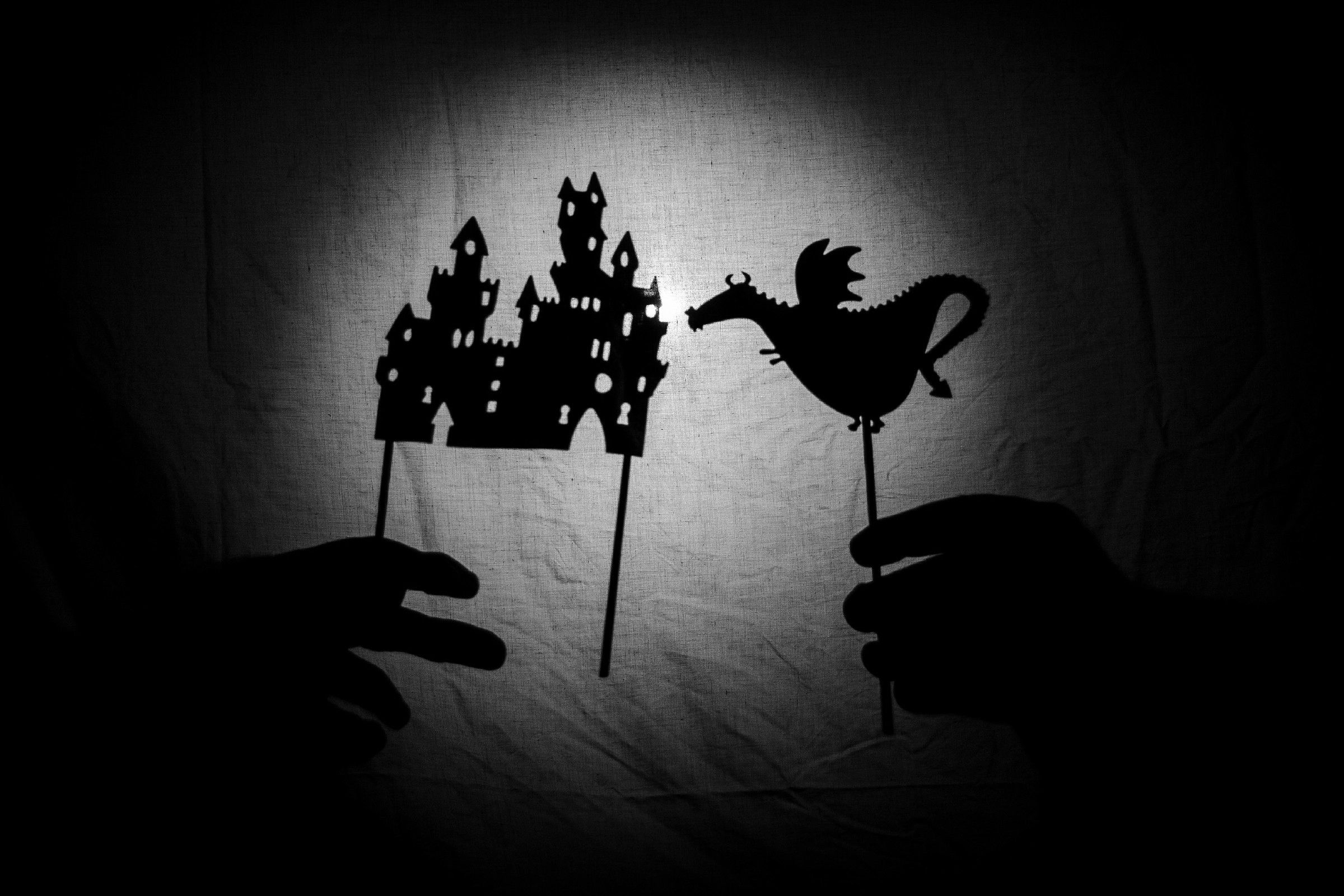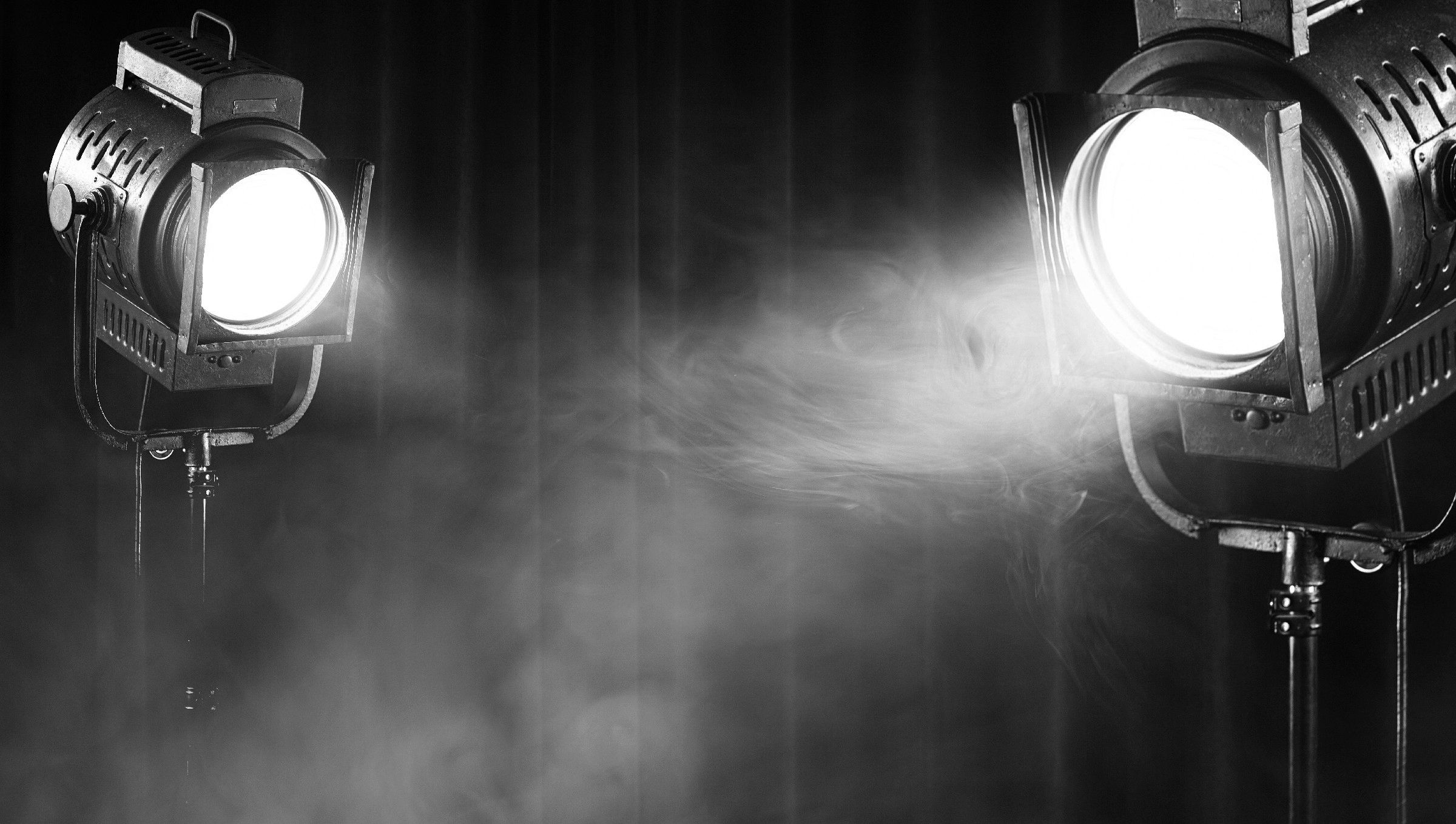Logo design principles
author: Monika Torokne Nagy
The logo is a pillar of brand building, a natural part of the brand, a sticker that adheres to the online and offline presence of products and services while reflecting their essence. It is best when it is simple, clear, and expressive. But this simplicity requires a lot of ideas, even more brainstorming and even more creativity. Logo design is a team effort, with brand representatives, creatives and graphic designers working together to create the basis of the identity. Wondering what the basic rules of logo design are and what mistakes to avoid? Then read on!
Why is a good logo important?
When a new business is taking wings in a market of endless possibilities, it's often the smallest details that can make the difference between success and failure. Among these details, the logo is of paramount importance, and it is much more than a simple graphic: it is an identifying mark that is linked to the brand in the minds of consumers.
A well-designed logo creates a first impression of the business. It can convey the company's values, principles, and target audience. A well-designed logo not only makes a business stand out from the competition but also ensures a strong brand position in the long term.
Logo design is not just a graphic design project, it is a strategic tool in the branding process. A unique and well-designed logo helps a business to be able to communicate its mission, values, and offerings through a single visual element. In addition, as consumers encounter a brand on multiple platforms, the consistency and permanence of the logo are key to building and maintaining brand loyalty.
For a company to be successful in branding, it is essential to engage expert logo designers to create a unique logo that faithfully reflects and communicates the company's values and goals. Free online logo design tools are available, but professional help is usually needed to create a truly effective and unique design. How is a logo created? We've covered the of logo design in a previous article!
Basic principles of logo design
A logo is more than just a symbol, it is your company's first impression that communicates the essence and values of your brand at first glance. With this in mind, let's look at the key principles of logo design.
The virtue of simplicity
Many of the world's most popular brands, such as Apple and Nike, are proof that simplicity conquers memory. A well-designed logo is simple, concise, and effective. Simplicity allows a logo to be easily identifiable, memorable, and applicable across different media without losing its effectiveness.
Design for target audiences
Identifying the target audience is an essential step in the logo design process. Each design element - colour, shape, type - should appeal to the demographic group that the product or service is targeted at. With a well-chosen design choice, a company can communicate directly with its target audience.
Memorability
Memorability is key to a successful logo design. A memorable logo stays in the minds of customers over the long term, which increases brand awareness. The uniqueness of appearance, simplicity and visual elements help the logo stand out from the crowd.
Timelessness
A timeless logo is designed to remain relevant over the decades. Avoid blindly following the trends of the moment and aim for a design that will represent the brand for years to come. Timelessness ensures that the logo remains effective over the long term, without the need for frequent updates.
Versatility and scalability
Your logo needs to adapt to different platforms and formats: from websites to business cards and billboards. The logo must look good in all sizes and contexts, whether it's digital or print.
Use quality fonts
The typeface has a significant impact on the message and tone of voice conveyed by the logo. Choosing the right typeface helps to identify and perceive your brand. Avoid overly trendy or commonly used typefaces and aim for a font that highlights and reinforces the uniqueness of the brand.
Use colours strategically
The power of colour should not be underestimated. Colours convey different emotions and messages, so the colour palette of your logo must be in line with your brand's values and objectives. The right colour combinations can help make your logo more powerful and effective.
Black and white finish
A well-designed logo should be effective regardless of colour. Testing a black-and-white version will help you see how strong the shapes and structure of the logo are on their own.
Balance and proportion
Visual balance and the application of proportion rules will increase the appeal of the logo. The golden ratio and the rule of thirds can help create balance and harmony in the design.
Brand focus
Keep the company's values and objectives in mind in every decision. The logo should reflect the brand and be consistent with the company's message. This will ensure that the logo faithfully represents the brand on all platforms.
Logo design mistakes to avoid
A logo is the foundation of a company's image, so it's no wonder that designers are under a lot of pressure when it comes to creating it. But even the most experienced professionals can make mistakes that can undermine the success of a logo. Here are some that are particularly worth avoiding.
Lack of design process
Good logo design is based on research and planning. If you start work straight in front of the computer without thoroughly thinking through the industry and target audience, it's easy for the project to end up failing to deliver the expected results.
Neglecting the essence of the logo
The logo should reflect the essence of the company, its purpose, and the message it wants to convey to its target audience. Both the client and the designer must keep this in mind.
Blindly following trends
While it is important to be aware of market trends, blindly following them can often result in outdated design concepts. Strive to create a logo that is timeless and will remain fresh for years to come.
Over-complicated design
Overcrowding a logo with colours and shapes can make it look cluttered. The simplest logos are often the most memorable. Remember McDonald's, just the letter M.
Use of cliché images
Avoid using symbols and images that are too obvious (such as a drawing of an aeroplane on a travel site logo). Aim for uniqueness and novelty.
Typographical problems
Choosing the wrong font or style can ruin your logo. Always choose a font that is consistent with the industry and brand message.
Poor communication with the customer
Good communication is essential to a successful project. Remember to discuss your ideas with the client and ask for constructive feedback.
Failure to carry out a final review of the logo
Before sending the logo to the client, make sure that all unnecessary details have been removed and that the design is clean and tidy.
Logo design with Meraki
One of Meraki's main services is logo and identity design. Over the years, we have designed new logos for several of our clients, some of which were for an image refresh, some for launching a new service, or for celebrating an important company milestone.

Do you need a new logo? Want something exciting, something different? Don't hesitate to contact us!









